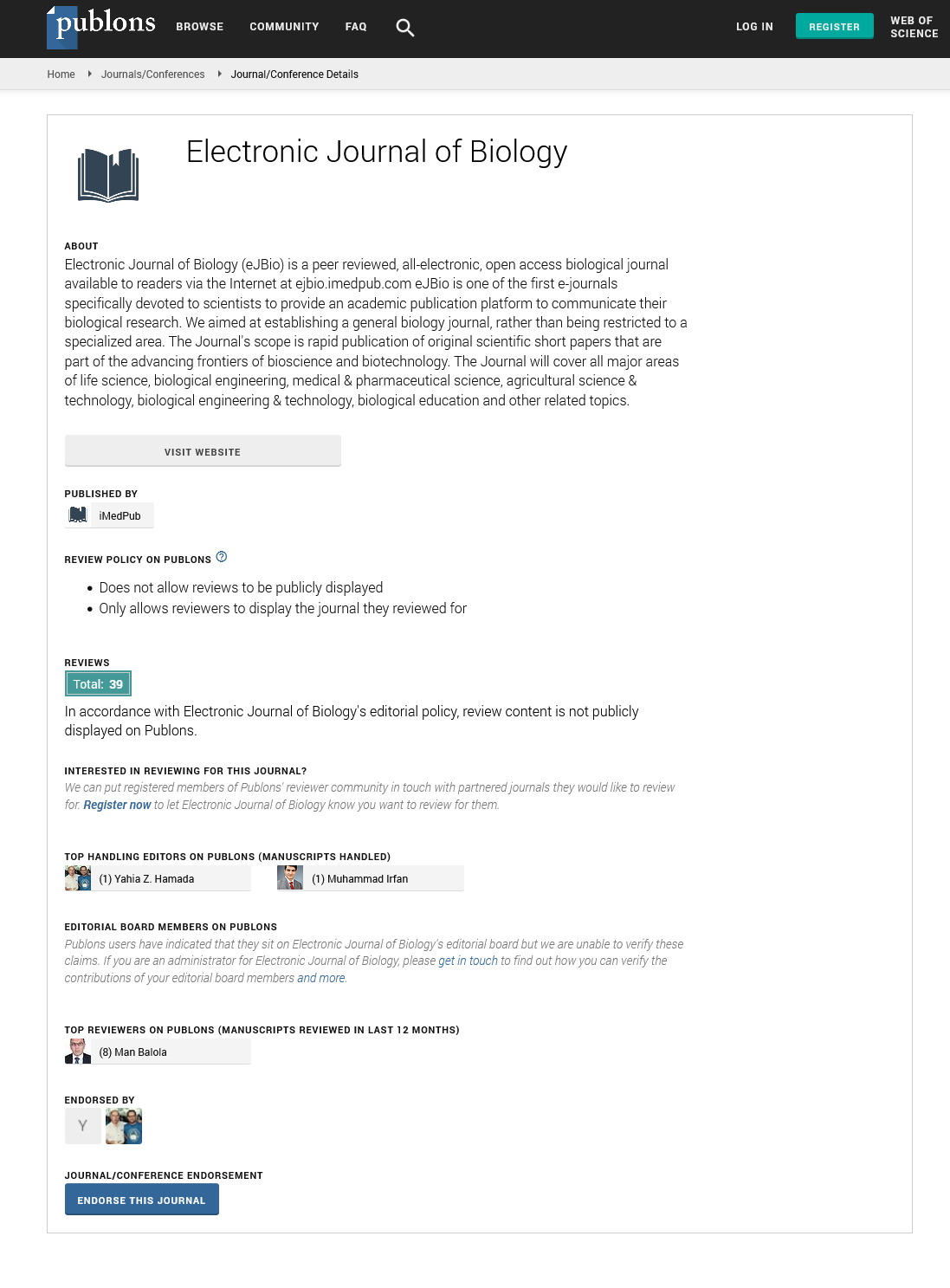Abstract
Toxic response of dimethyl phthalate (DMP) to Gracilaria lemaneiformis
Physiological and biochemical effects of dimethyl phthalate (DMP) on Gracilaria lemaneiformis were studied under experimental and ecological conditions. The results showed that chlorophyll a (Chla) and phycoerythrin (PE) contents increased obviously with the prolonging of exposure time, soluble protein content and catalase (CAT) activity increased and propyldialdehyde (MDA) content decreased in short time under low DMP concentration (≤0.1mg/L), G.lemaneiformis grew well; And that Chla and PE contents decreased obviously with the rise of DMP concentration and the prolonging of exposure time, soluble protein content and CAT activity decreased and MDA content increased distinctly, the chloroplast swelled up and decreased in number, the thylakoids increased in number, arranged confusedly and dissolved partly, the number of starch grains decreased. G.lemaneiformis grew badly under DMP concentration exceeding 0.3mg/L; during the exposure of 20 days, peroxidase (POD) activity was inhibited continually, and there was time-effect relationship between glutathione peroxidase (GSHPX) activity and the exposure time. The CAT and GSH-PX of G.lemaneiformis were sensitive to DMP, so they could be regarded as two referent index of biological monitoring exposed to DMP.
Author(s): Jiang Yu, Cuichan Yang, RiAn Yu, Guya Fu
Abstract | Full-Text | PDF
Share this

Google scholar citation report
Citations : 5001
Electronic Journal of Biology received 5001 citations as per google scholar report
Electronic Journal of Biology peer review process verified at publons
Abstracted/Indexed in
- Google Scholar
- China National Knowledge Infrastructure (CNKI)
- CiteFactor
- Electronic Journals Library
- Zoological Records
- WorldCat
- Proquest Summons
- Publons
- MIAR
- Openaccessarticles.com
- Secret Search Engine Labs
Open Access Journals
- Aquaculture & Veterinary Science
- Chemistry & Chemical Sciences
- Clinical Sciences
- Engineering
- General Science
- Genetics & Molecular Biology
- Health Care & Nursing
- Immunology & Microbiology
- Materials Science
- Mathematics & Physics
- Medical Sciences
- Neurology & Psychiatry
- Oncology & Cancer Science
- Pharmaceutical Sciences


